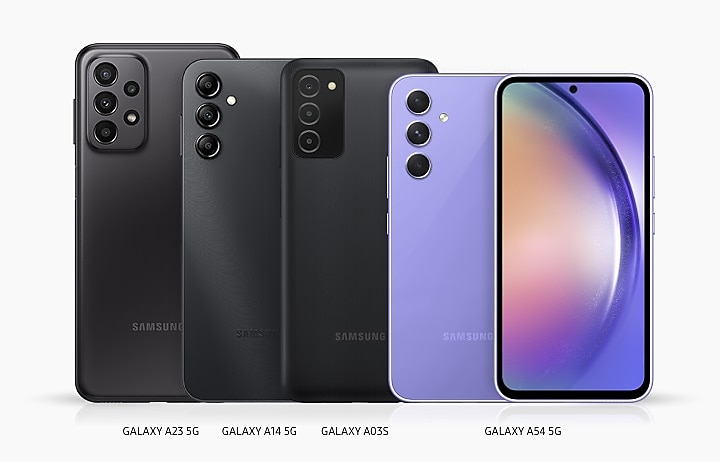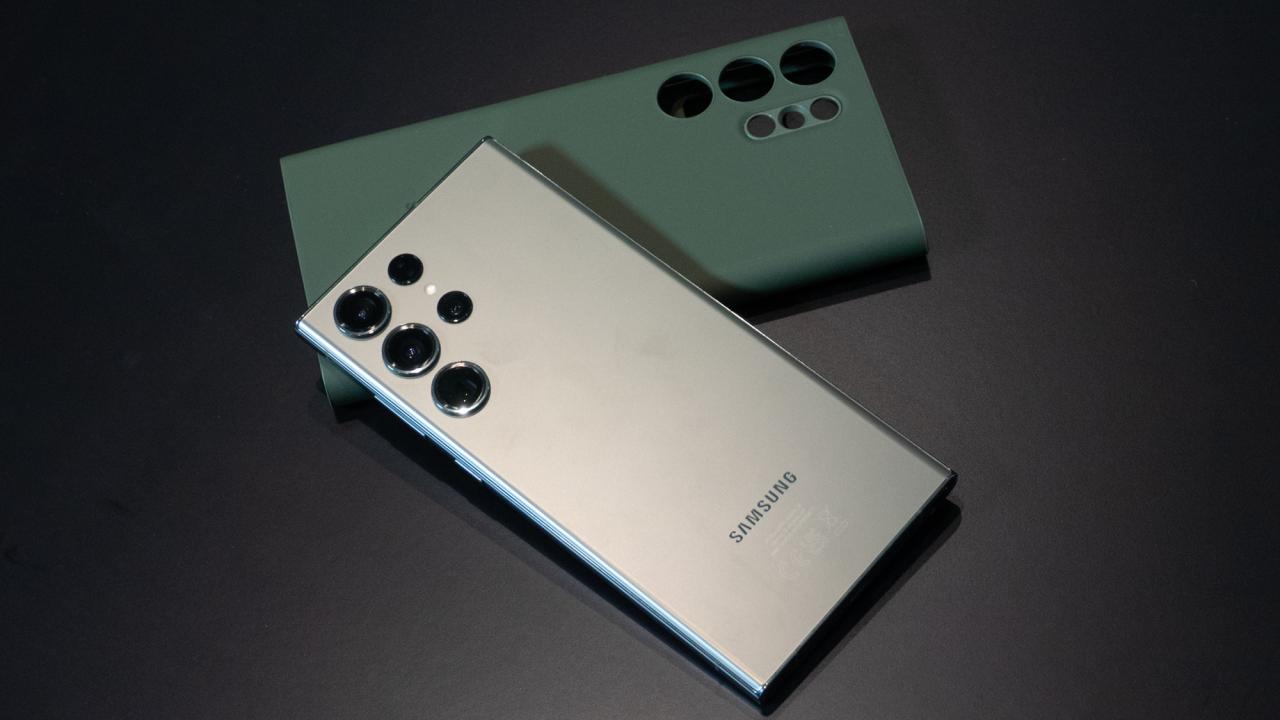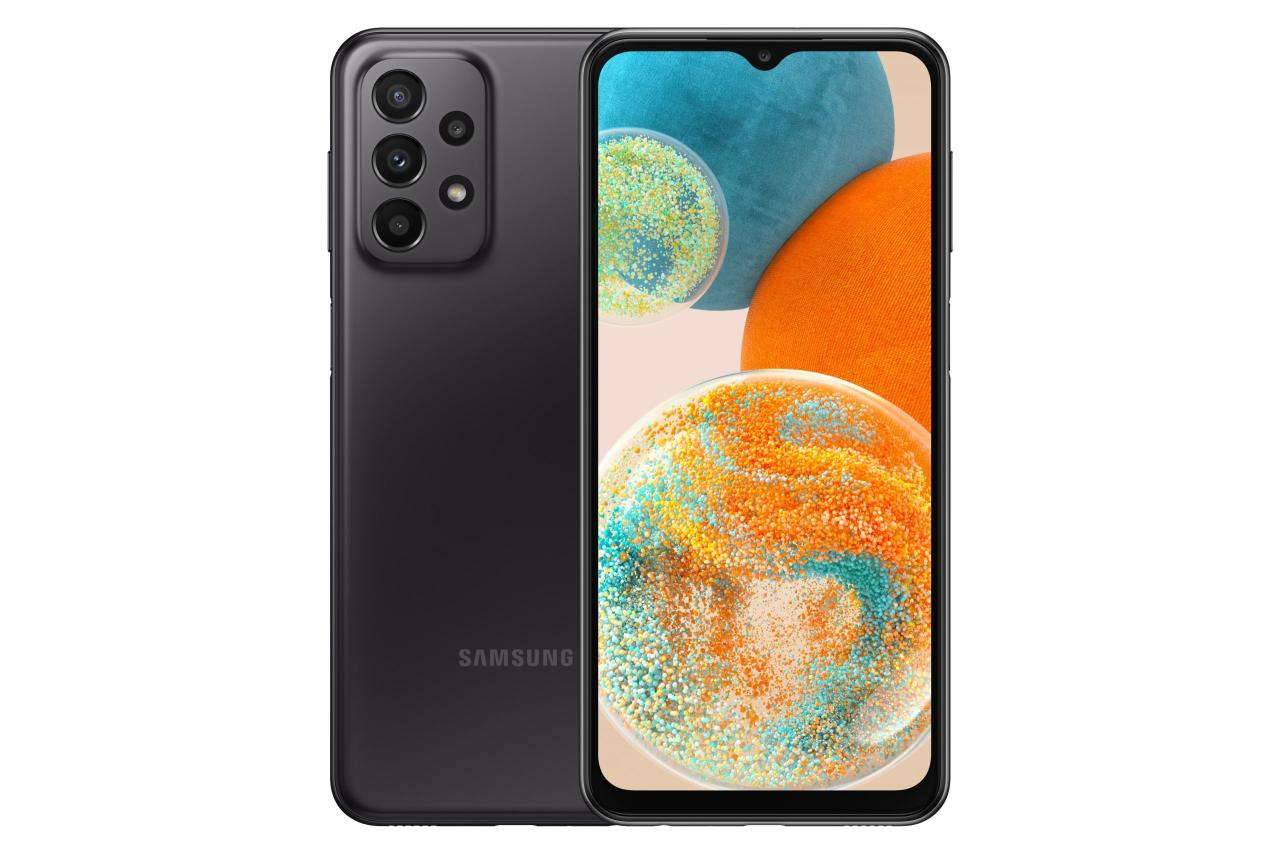Samsung Galaxy S II stands as a pivotal moment in smartphone history, merging cutting-edge technology with user-friendly features that redefined the mobile experience. Launched in 2011, this device not only showcased remarkable specifications but also set a new standard for design and functionality in an increasingly competitive market. As we delve deeper, we will explore its standout features, user experience, and the significant impact it has had on the evolution of smartphones.
With its sleek design, vibrant display, and powerful performance, the Samsung Galaxy S II quickly captivated users and industry experts alike. Its unique selling points, such as an advanced camera and seamless interface, distinguished it from its competitors, making it a must-have device in its time. Let’s take a closer look at what made this smartphone a game changer and how it influenced future models.
Features of the Samsung Galaxy S II

The Samsung Galaxy S II emerged as a groundbreaking smartphone upon its release in 2011, setting new benchmarks in mobile technology. It combined sleek aesthetics with powerful hardware, establishing itself as a favorite among consumers looking for high performance and style.
The Galaxy S II features an array of specifications that highlight its cutting-edge technology. Its 4.3-inch Super AMOLED Plus display offers vibrant colors and deep blacks, providing an exceptional viewing experience. The device runs on a dual-core 1.2 GHz Cortex-A9 processor, ensuring smooth multitasking and performance. With a camera capable of capturing stunning 8-megapixel photos and recording 1080p HD video, it appealed to photography enthusiasts and casual users alike. Its slim profile, measuring just 8.49 mm in thickness, exemplified the trend towards sleek, lightweight smartphones.
Key Specifications
The following table Artikels the key specifications of the Samsung Galaxy S II, showcasing its standout features:
| Feature | Samsung Galaxy S II | Competitor A (HTC Sensation) | Competitor B (LG Optimus 2X) |
|---|---|---|---|
| Display | 4.3-inch Super AMOLED Plus | 4.3-inch SLCD | 4.0-inch IPS LCD |
| Processor | 1.2 GHz Dual-core Cortex-A9 | 1.2 GHz Dual-core Snapdragon | 1.0 GHz Dual-core Cortex-A9 |
| RAM | 1 GB | 1 GB | 512 MB |
| Camera | 8 MP, 1080p video | 8 MP, 1080p video | 8 MP, 1080p video |
| Battery | 1650 mAh | 1520 mAh | 1500 mAh |
| Storage | 16/32 GB (expandable via microSD) | 16 GB (expandable) | 8 GB (expandable) |
The unique selling points of the Samsung Galaxy S II set it apart from competitors. Its Super AMOLED Plus display not only provided superior color reproduction but also enhanced outdoor visibility, a significant advantage over LCD displays. Furthermore, its lightweight design and powerful battery optimized user experience without sacrificing performance. The Galaxy S II also introduced features such as Samsung’s TouchWiz UI, which offered a more intuitive user interface and further enhanced personalization options.
In conclusion, the Samsung Galaxy S II was more than just another smartphone; it was a game-changer in the mobile industry, combining innovation with sleek design and powerful performance, carving out a dedicated user base that appreciated its advanced features and capabilities.
User Experience and Interface

The Samsung Galaxy S II has consistently garnered attention for its impressive user experience and intuitive interface. Boasting a sleek design and user-friendly features, the device makes navigation seamless for users of all ages. Its TouchWiz interface enhances interaction, providing a cohesive and visually appealing environment that elevates everyday smartphone use.
The usability of the Samsung Galaxy S II is underpinned by its well-thought-out user interface design. The device offers vibrant visuals and responsive touch capabilities that allow users to engage effortlessly with applications and settings. With a 4.3-inch Super AMOLED Plus display, content appears incredibly vivid, resulting in a delightful viewing experience whether browsing the web, watching videos, or playing games. The layout is straightforward, featuring customizable home screens and widgets that make it easy for users to access frequently used applications and information at a glance.
Interactive Features and Applications
One of the key aspects of user interaction with the Samsung Galaxy S II lies in its array of features designed for convenience and efficiency. The device includes:
- Customization Options: Users can personalize their home screen with widgets and shortcuts, providing quick access to the apps they use most frequently. This flexibility allows for a tailored experience that aligns with individual preferences.
- Multitasking Capabilities: The Galaxy S II supports multitasking, enabling users to switch between applications seamlessly. This is particularly useful for those who need to juggle various tasks or communicate while using other features.
- Gesture Controls: Users can interact with the device using intuitive gestures, such as swiping and pinching, to navigate through photos or web pages. This hands-on interaction enhances the overall experience and makes the device feel more engaging.
User testimonials reveal a common appreciation for the device’s performance and reliability. Many users have highlighted the speed of the processor, which ensures smooth operation regardless of the number of applications running. Additionally, the device’s battery life has been noted favorably, allowing users to go through their day without the constant worry of needing a recharge.
“The Samsung Galaxy S II has been a game-changer for me. The interface is so smooth, and I love how I can customize everything to fit my style.” – A satisfied user
Overall, the user experience provided by the Samsung Galaxy S II showcases a well-crafted interface that prioritizes usability and aesthetic appeal. Users can expect a device that not only meets their functional needs but also enhances their daily activities through its innovative design and feature set.
Evolution and Impact on the Smartphone Market
The Samsung Galaxy S II marked a significant milestone in the evolution of smartphones, setting a new standard for performance, design, and user experience. Released in 2011, this flagship device not only enhanced Samsung’s position in the competitive market but also laid the groundwork for future innovations in mobile technology. With its sleek design, powerful hardware, and user-friendly interface, the Galaxy S II catalyzed the transformation of smartphones into essential multifunctional devices.
The impact of the Samsung Galaxy S II on the smartphone market and subsequent models within the Samsung lineup cannot be overstated. Its introduction of features such as a dual-core processor and AMOLED display set benchmarks that competitors would strive to surpass. This smartphone not only redefined consumer expectations but also influenced design philosophies across the industry.
Influence on Subsequent Models and Designs, Samsung galaxy s ii
The Galaxy S II served as a foundational model that significantly influenced later smartphones in the Samsung Galaxy S series. Its innovative features and design elements were integrated into subsequent models, showcasing the advancement of technology in the smartphone realm. Each iteration built upon the success and lessons learned from the S II, enhancing both hardware specifications and software capabilities.
Key aspects of the Galaxy S II’s influence can be categorized as follows:
- Design Language: The elegant and slim form factor of the Galaxy S II became a template for future Samsung devices, emphasizing a lightweight yet sturdy build.
- Performance Standards: The dual-core processor introduced with the S II paved the way for increasingly powerful processing capabilities in later models, improving multitasking and overall device performance.
- Display Technology: The vibrant Super AMOLED Plus display became a highlight, influencing screen technology in later models, emphasizing resolution, color saturation, and energy efficiency.
- User Interface Improvements: Samsung’s TouchWiz interface saw significant enhancements post-Galaxy S II, incorporating user feedback and focusing on ease of use and customization.
The Galaxy S II’s influence extended beyond its direct successors. It inspired competition among other manufacturers, pushing them to innovate rapidly to keep pace with the evolving smartphone landscape.
Timeline of Major Smartphone Releases
The release of the Samsung Galaxy S II is a pivotal point in the timeline of smartphone evolution. Below is a timeline highlighting major smartphone releases and the position of the Galaxy S II within this context:
| Year | Smartphone Model | Significance |
|---|---|---|
| 2007 | Apple iPhone | Introduced a touchscreen interface and app ecosystem. |
| 2009 | Nokia N97 | Highlighted the importance of QWERTY keyboards in smartphones. |
| 2010 | Google Nexus One | Defined the standard for Android smartphones. |
| 2011 | Samsung Galaxy S II | Set new performance and design standards. |
| 2012 | Apple iPhone 5 | Introduced a larger screen and Lightning connector. |
| 2013 | Samsung Galaxy S4 | Built upon S II’s success with enhanced features and specs. |
The Samsung Galaxy S II is recognized not just for its features but also for how it propelled Samsung into a leading position in the smartphone market, driving advancements that would shape the future of mobile devices.
Troubleshooting and Maintenance: Samsung Galaxy S Ii

The Samsung Galaxy S II, while a remarkable device, may encounter common issues that can affect its performance and user experience. Understanding these problems and knowing how to resolve them is essential for any user. This guide provides insights into typical troubleshooting scenarios and practical maintenance tips to ensure your device remains in optimal condition.
Common Issues and Solutions
Even a well-designed smartphone like the Galaxy S II can face challenges over time. Below is a detailed troubleshooting table that addresses frequent symptoms experienced by users, along with their corresponding fixes.
| Symptom | Possible Causes | Fix |
|---|---|---|
| Device overheating | Heavy app usage, faulty battery, poor ventilation | Close unused apps, remove the case, avoid using the device while charging. |
| Battery draining quickly | Background apps, old battery, high screen brightness | Limit background app activity, adjust brightness settings, consider battery replacement. |
| App crashes | Outdated apps, insufficient memory, software bugs | Update apps, free up device storage, restart the phone. |
| Wi-Fi connectivity issues | Router problems, software glitches, incorrect settings | Restart the router, forget and reconnect to the network, reset network settings. |
| Slow performance | Too many apps running, insufficient storage, outdated software | Close background apps, delete unnecessary files, check for system updates. |
Maintenance Tips for Longevity
Regular maintenance is crucial for maximizing the lifespan of your Samsung Galaxy S II. Below are effective strategies to keep your device in top shape, enhancing both performance and durability.
To begin with, routine software updates are essential. These updates often include patches that fix bugs and improve the overall functionality of the device. Additionally, keeping your apps updated ensures optimal performance and security.
Regularly clearing the cache of apps can significantly improve the speed of the device. This process involves removing temporary files that accumulate over time and can slow down performance.
Battery care is another key factor. Avoid letting your phone drain completely before charging, and use only the recommended charger to prevent battery damage.
Furthermore, it is advisable to keep the device clean. Use a soft, lint-free cloth to wipe the screen and avoid exposure to extreme temperatures and moisture, as these conditions can harm the internal components.
Lastly, consider using a protective case to shield against drops and impacts. This simple addition can greatly extend the physical lifespan of your device.
Regular maintenance ensures that your Samsung Galaxy S II remains efficient and extends its operational lifespan significantly.
FAQ Insights
What year was the Samsung Galaxy S II released?
The Samsung Galaxy S II was released in 2011.
What operating system does the Samsung Galaxy S II run?
The Samsung Galaxy S II originally ran Android 2.3 Gingerbread, with updates available up to Android 4.1 Jelly Bean.
What is the screen size of the Samsung Galaxy S II?
The Samsung Galaxy S II features a 4.3-inch Super AMOLED Plus display.
Does the Samsung Galaxy S II support expandable storage?
Yes, the Samsung Galaxy S II supports microSD cards for expandable storage up to 32GB.
What is the battery capacity of the Samsung Galaxy S II?
The Samsung Galaxy S II is equipped with a 1650mAh battery.
The galaxy s 7 marks a significant upgrade in Samsung’s flagship lineup, featuring a stunning display and improved camera capabilities. This device not only enhances user experience but also sets a new standard for smartphones. With its sleek design and powerful performance, it quickly became a favorite among tech enthusiasts.
On the other hand, the galaxy s 6 was a pivotal release that introduced many innovative features for its time. Its premium build quality and stunning visuals captured the attention of consumers, making it a landmark device in the smartphone market. The transition from the galaxy s 5 to this model showcased Samsung’s commitment to pushing the boundaries of technology.